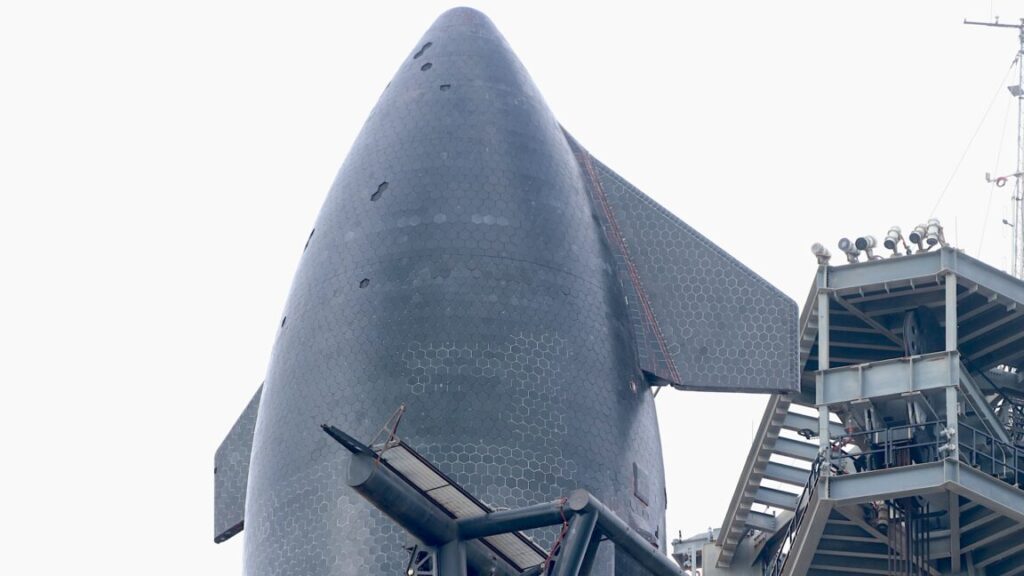The article discusses advancements in heat shielding for spacecraft, contrasting NASA’s historical approaches with current practices by SpaceX. Camalda, a NASA researcher, recalls testing metal wing leading edges in the shuttle program but notes that NASA ultimately chose carbon-carbon thermal shields. This decision led to the tragic loss of Space Shuttle Columbia in 2003 due to damage during launch.
Camalda emphasizes the differences in testing philosophies between NASA and SpaceX, praising SpaceX’s rapid, simultaneous testing of multiple concepts, which contrasts with NASA’s budget constraints and cautious testing methods. He reflects on how SpaceX’s innovations inspire nostalgia for the bold experimental ethos of earlier NASA projects.
The article also touches on recent setbacks in SpaceX’s Starship program, including engine malfunctions and a failure during ground testing. Despite these challenges, the focus remains on upcoming test goals like in-orbit refueling, crucial for deep space missions. Elon Musk’s recent communications have centered more on broader goals than technical specifics, highlighting the significance of developing capabilities for deep space exploration.
Source link


